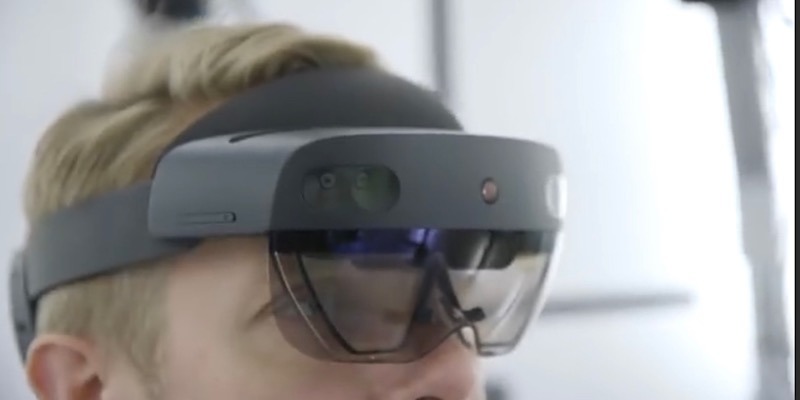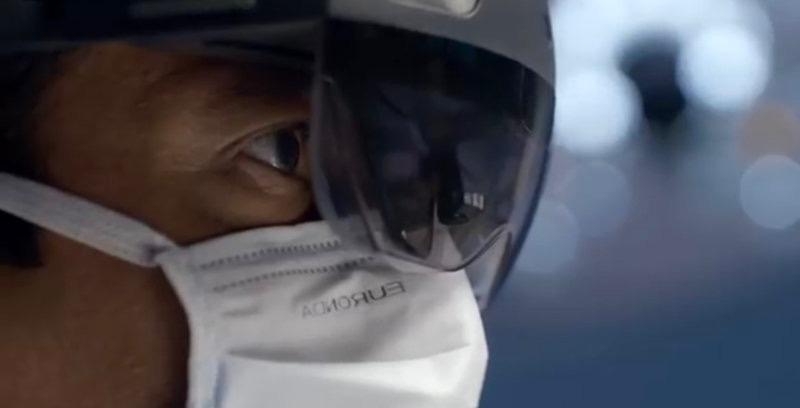
Have you been waiting on pins and needles for the followup to HoloLens to be released? You can finally relax: Microsoft has announced MicroLens 2 is available for preorder and will ship later this year. What makes it exciting is the continued use of “mixed reality.”
HoloLens 2 and Mixed Reality
Microsoft HoloLens was one of the first to use the Mixed Reality platform with Windows 10. These smartglasses were first shipped in 2015 with an outrageous price of $5,000, while competitors are sold far under $1000. On February 24 of this year Microsoft announced the HoloLens 2 at the Mobile World Congress in Barcelona, Spain.
The mixed reality technology overlays computer images over what the camera sees in the real world. Microsoft’s goal is not for the HoloLens 2 to be something you put on like any other smart accessory, and the lower but still very high price point of $3,500 assures that. But they believe it can be used by businesses, such as in health care or even in the military.
“Computing is embedded in our world, in every place in every way,” said the company’s CEO Satya Nadella. “Computing is in everything from connected cars to connected refrigerators, smart surgical tools, and even smart coffee machines.”
He explained that “it’s no longer about being device first; it’s about putting the human first, and it includes all the devices in their lives.”
Microsoft’s technical fellow added that the goal of these devices is to “transform humans,” noting that the HoloLens 2 is “a concept that’s been in our dreams.”

HoloLens 2 includes technology that takes advantage of eye tracking. Sensors near the nose ridge of the smartglasses and pointed at your eyes will log you in to access your personal settings. App developers will also have access to eye tracking.
It does not have dedicated controllers like most VR headsets – it uses hand and voice controls with the use of Cortana instead. While the first version used tap and click gestures, HoloLens 2 recognizes more than twenty points of articulation on each hand and has more realistic hand motions. Additionally, it increases the field of view.
Apps only add to the usefulness of the HoloLens. In demos they showed how a broken ATV can be fixed by following instructions via the HoloLens 2, and there’s also technology that will allow you to have a conversation with someone not in the physical room with you, like FaceTime to the next level.
The suggestion is that it could be used in surgical settings as well, not necessarily for instructions but to overlay the procedure on a patient lying on a gurney. And that’s just the tip of the iceberg as far as possibilities for this mixed reality technology.
Personal Use vs. Business Use
Sure, the price point helps set the HoloLens 2 up for business use, but if you want to hand over $3,500, you could make it for personal use as well. But the question is how long it will be until personal apps are developed for it. It’s an expensive thing to hold onto while you wait.
Would you pay $3,500 for the HoloLens 2? Or would you be more interested in the much less expensive competitors? Let us know your thoughts in the comments below.







